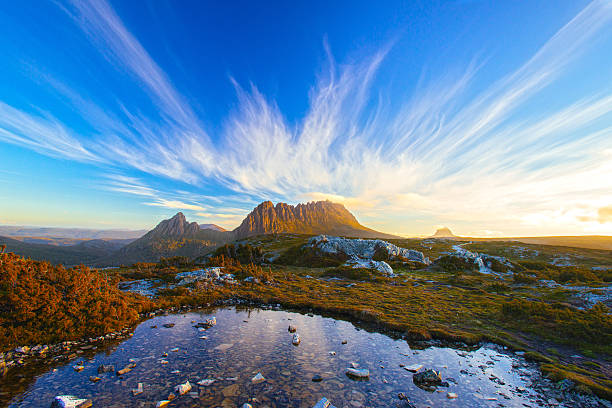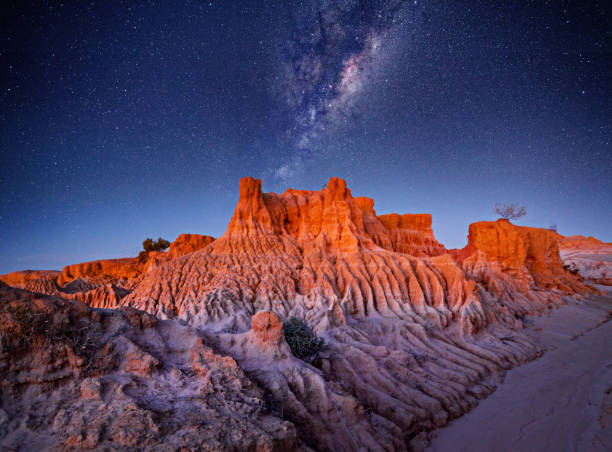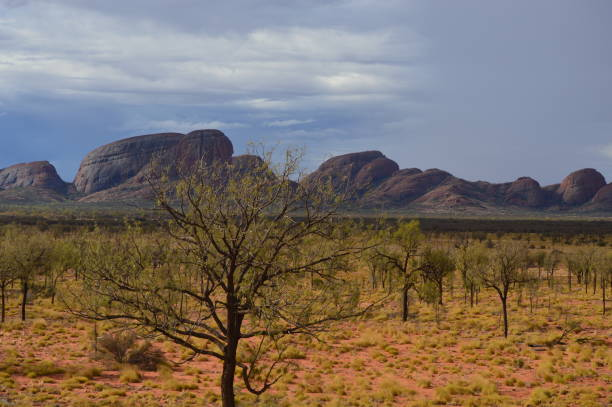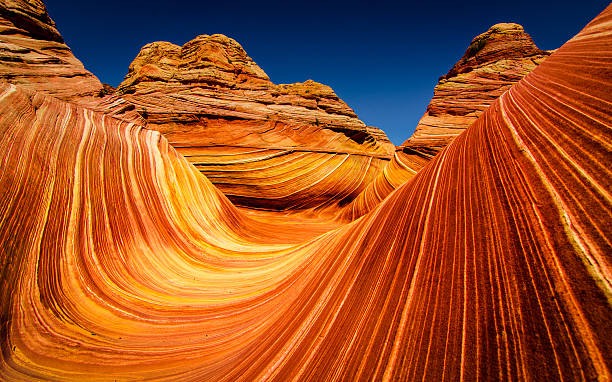Australia, a vast land of breathtaking beauty, is home to some of the most unique and diverse natural features on the planet. From its pristine beaches and lush rainforests to the rugged outback and vibrant coral reefs, Australia offers an array of natural wonders that captivate travelers and scientists alike. In this article, we will explore the distinctive natural characteristics that define the Australian landscape, highlights of its flora and fauna, and the ways in which these environments shape the identity of the continent.
The Great Barrier Reef: A Marine Marvel

The Great Barrier Reef, one of the seven wonders of the natural world, is a testament to the sheer magnificence of Australia’s oceanic realms. Spanning over 2,300 kilometers, it is the planet’s largest coral reef system and a melting pot of marine biodiversity. Hosting thousands of species of fish, mollusks, and other sea creatures, it is also a breeding ground for humpback whales who migrate to the warmer waters. The reef’s vibrancy makes it a popular spot for snorkeling and scuba diving, offering an up-close view of its coral gardens and the colorful life they support. Efforts to conserve this World Heritage site are ongoing, as it faces threats from climate change and human activities.
The Outback: Australia’s Beating Heart
When one thinks of Australia, the Outback often springs to mind. This remote and arid region covers much of the country and is characterized by its iconic red soil, sparse vegetation, and rugged mountain ranges like the MacDonnell Ranges. The Outback is not only geographically vast but culturally significant as well, with Aboriginal heritage woven into its landscape. Among its natural phenomena are the peculiar rock formations such as Uluru (Ayers Rock) and Kata Tjuta (The Olgas), which have deep spiritual significance and draw visitors from across the globe keen to witness their grandeur at sunrise and sunset.
The Wet Tropics: A Biodiversity Hotspot
The Wet Tropics of Queensland, stretching along the northeast coast of Australia, provide a stark contrast to the arid Outback. This region encompasses ancient rainforests such as the Daintree – the oldest continually surviving rainforest on earth. Flourishing with lush plant life, these forests are haven to an extraordinary range of wildlife, including the elusive cassowary and the tree-kangaroo. The Wet Tropics also contain breathtaking waterfalls and gorges, which serve as natural sanctuaries for the local fauna. As a World Heritage Area, it highlights the ecological importance of preserving such sensitive and ancient landscapes.
Unique Australian Wildlife: A World Unto Its Own
Australia’s wildlife is as varied as its landscape. The isolation of the Australian continent has led to the evolution of an astounding array of creatures not found anywhere else in the world. From the iconic kangaroo and cuddly koala to the egg-laying echidna and the venomous platypus, Australian fauna is both fascinating and diverse. Birds like the emu and the colorful lorikeet also dot the skies, while reptiles such as the saltwater crocodile and various species of snakes roam land and water. The conservation of these species is crucial, with national parks and reserves playing a key role in their protection.
Coastal Attractions: Beaches and Beyond
With a coastline stretching over 50,000 kilometers, Australia’s beaches are renowned worldwide for their beauty and variety. From the surfing mecca of the Gold Coast to the tranquility of Whitehaven Beach, there’s a slice of paradise for every beachgoer. The coastal ecosystems also include rugged cliffs, sand dunes, and an array of marine life, with opportunities for water sports and coastal walks. Not to be forgotten are the temperate climates of southern Australia, home to the picturesque Great Ocean Road and its Twelve Apostles, limestone stacks that rise majestically from the sea.
Conclusion
Australia’s natural features offer a glimpse into a world where the beauty and power of nature are on full display, reminding us of the resilience and fragility of our environment. From the awe-inspiring Great Barrier Reef to the vast expanse of the Outback, the richness of the Wet Tropics to the unique Australian wildlife, and the stunning coastal vistas, Australia is a land of endless discovery. Each natural attraction not only shapes the continent’s ecology but also contributes to the cultural identity and heritage of the nation. As a steward of these treasures, Australia carries the responsibility to protect and preserve them for future generations.
FAQs
What is the most visited natural attraction in Australia?
The Great Barrier Reef is perhaps the most visited natural attraction in Australia, enticing millions of tourists each year with its underwater spectacle.
Why is Australia’s wildlife unique?
Australia’s wildlife is unique largely due to the continent’s long-standing geographic isolation, which has allowed the evolution of distinctive species that are endemic to the region.
Can you see the Aurora Australis in Australia?
Yes, the Southern Lights, or Aurora Australis, can be observed from certain locations in Australia, particularly Tasmania, during the winter months.
What are the conservation threats to Australia’s natural features?
Australia’s natural features face several conservation threats, including climate change, habitat destruction, invasive species, and pollution, which impact the delicate balance of these ecosystems.
How old is the Daintree Rainforest?
The Daintree Rainforest is ancient, believed to be over 135 million years old, making it the oldest tropical rainforest in the world.


